Is there any truth to Donald Trump’s extraordinary and, to many, highly offensive comments apparently blaming Volodymir Zelensky for starting the war? Speaking to reporters at Mar-a-Lago, Trump said he was “disappointed” that the Ukrainian leader complained about being left out of talks between the US and Russia in Riyadh and claimed that Zelensky “could have made a deal” to avert war. A “half-baked” negotiator could have secured a settlement years ago “without the loss of much land,” claimed Trump.
Trump is factually wrong — but not for the reason most commentators have assumed. Zelensky could indeed have averted the war back in October 2019 and came very close to doing so. But the deal that would have kept Donbas inside Ukraine was derailed not by Zelensky but by violent threats from Ukrainian ultranationalists.
The story of the failed Donbas referendum is now little remembered. But it marked a crucial turning point in the Kremlin’s path to full-scale invasion two and a half years later. Also forgotten is the fact that Zelensky was elected by a massive 73 percent of the vote in May 2019 on a platform of bringing peace with Russia, defusing Ukraine’s ongoing culture wars over the Russian language and returning the two rebel regions of the Donbas to Kyiv’s fold.
Paradoxically, back then the Kremlin agreed with Zelensky. Putin had invaded the Crimean peninsula in February 2014 and formally declared it part of the Russian Federation three months later. But the self-declared People’s Republics of Donetsk and Luhansk (LDNR) were a different story. Though crawling with agents from Russia’s Federal Security Service and military intelligence, as well as Russian soldiers disguised as locals, the Donbas republics were not formally occupied by Moscow. Indeed, the Kremlin repeatedly insisted that the enclaves were part of Ukraine, including at both rounds of peace talks in Minsk in 2014 and 2015.
Putin’s bottom-line strategic goal was to keep Ukraine out of NATO. Between 2014 and 2019, the Kremlin’s strategy for achieving this was to push for the rebel republics to rejoin Ukraine, but under a new constitutional arrangement that would have given them a veto on the country’s international alliances.
Zelensky’s predecessor Petro Poroshenko was strongly opposed to a more federal Ukraine and dragged his feet on a commitment he had made in Minsk to hold local referendums in the rebel republics. But if a new constitution was the price of peace, Zelensky was ready to pay it. In June 2019 he appointed former president Leonid Kuchma — a veteran of talks with Moscow who had longstanding contacts in Russia — as Ukraine’s representative in the Tripartite Contact Group for a settlement of the conflict. In July, Zelensky held his first telephone conversation with Putin and urged him to enter into a new round of talks mediated by European countries, as well as arranging confidence-building prisoner swaps (though Putin, characteristically, reneged on key elements of the exchange).
Zelensky finally stuck a referendum deal after several rounds of negotiations with the thuggish LDNR leadership and with the Organization for Security and Cooperation in Europe, or OSCE, which was monitoring a ceasefire. The citizens of the rebel republics would be asked whether they wished to rejoin Ukraine on pre-secession terms, or under a new self-governing status. The referendum would be overseen and certified by the OSCE. Zelensky’s hope was that the republics would return to Kyiv’s control in a new federal system, Ukraine would stay out of NATO, and the threat of further invasion would be defused. The price would be to effectively acknowledge the loss of Crimea. The prize was that Russia would no longer have a reason to threaten Ukraine’s independence.
Unhelpfully, separatist media in the occupied Donbas crowed that Zelensky’s signing of the agreement was “a victory for the DNR and the LNR over Ukraine.” But the most passionate opposition to Zelensky’s initiative came from hardline Ukrainian nationalists. Thousands of protesters gathered on Kyiv’s Maidan Square under the slogan “No capitulation!” More menacingly, several Ukrainian nationalist militias, including the Azov Battalion that was then fighting in the Luhansk region of Donbas, refused to accept the agreement. Andriy Biletsky, the leader of the far-right National Corps and first commander of the Azov Battalion, accused Zelensky of “disrespecting” veterans and of acting on behalf of the Kremlin. Zelensky met Biletsky and other militia leaders in an attempt to convince them to surrender their unregistered weapons and accept the peace accord. They refused and the referendum plan collapsed — and with it any realistic chance of peace in Donbas.
By the time Putin and Zelensky held their first — and so far only — meeting in Paris in December 2019, the Kremlin had lost faith in Zelensky’s ability to reintegrate Donetsk and Luhansk into Ukraine. Zelensky also continued to insist that Ukraine would join NATO. A different, far more radical course would be needed to keep wayward Ukraine in check, Putin decided. Russia was, from that moment, firmly on the path to war.
So Trump was factually correct when he said that Putin’s later full-scale invasion could have been averted back in 2019. But he is wrong to suggest that this was Zelensky’s fault. On the contrary, Zelensky spent the early years of his presidency strenuously working to put the referendum plan together. And it was neither Putin nor the truculent rebels of the Donbas who derailed it but ultranationalists in Kyiv. The rest is history.



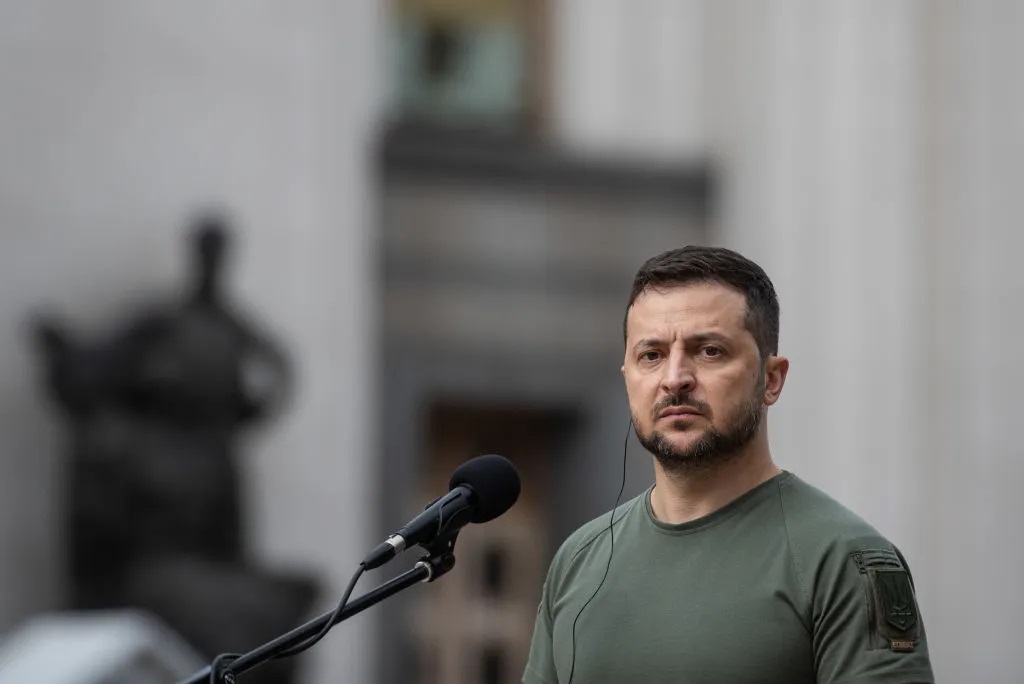






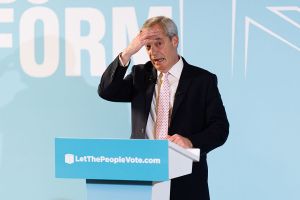
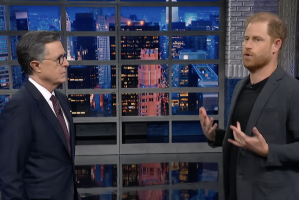
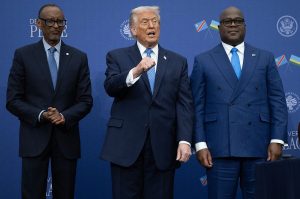
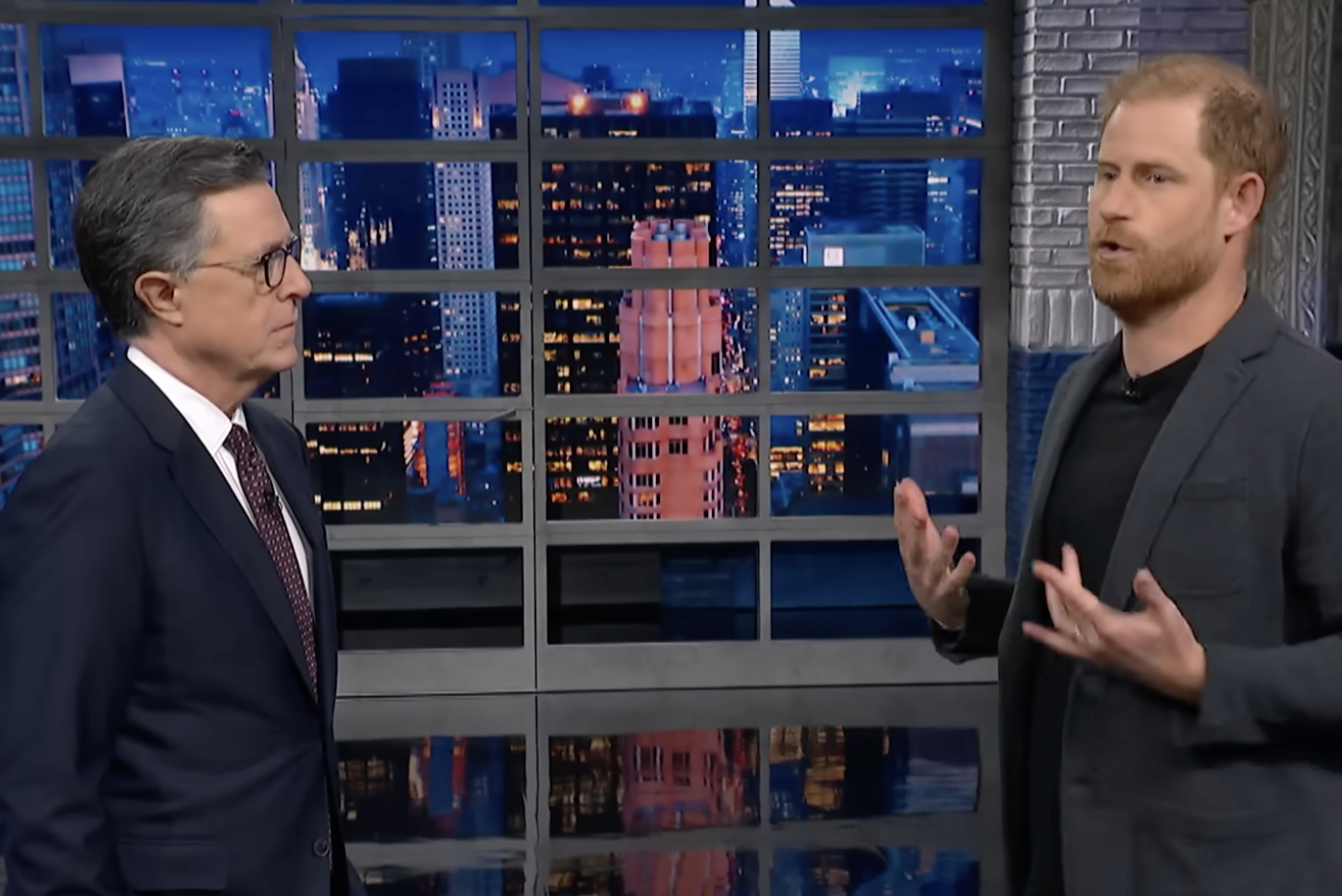
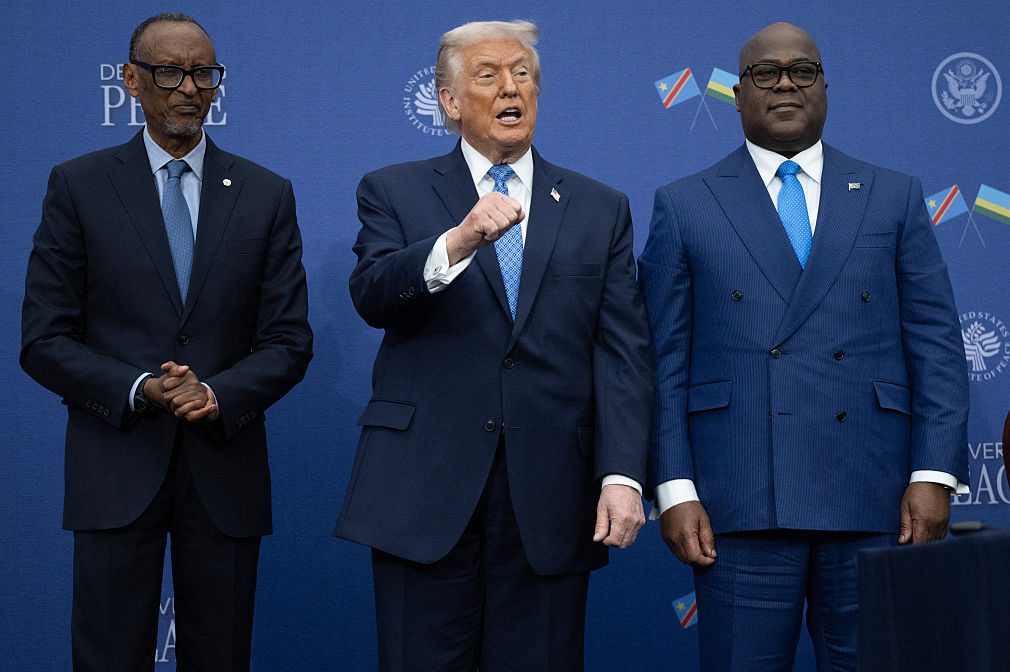
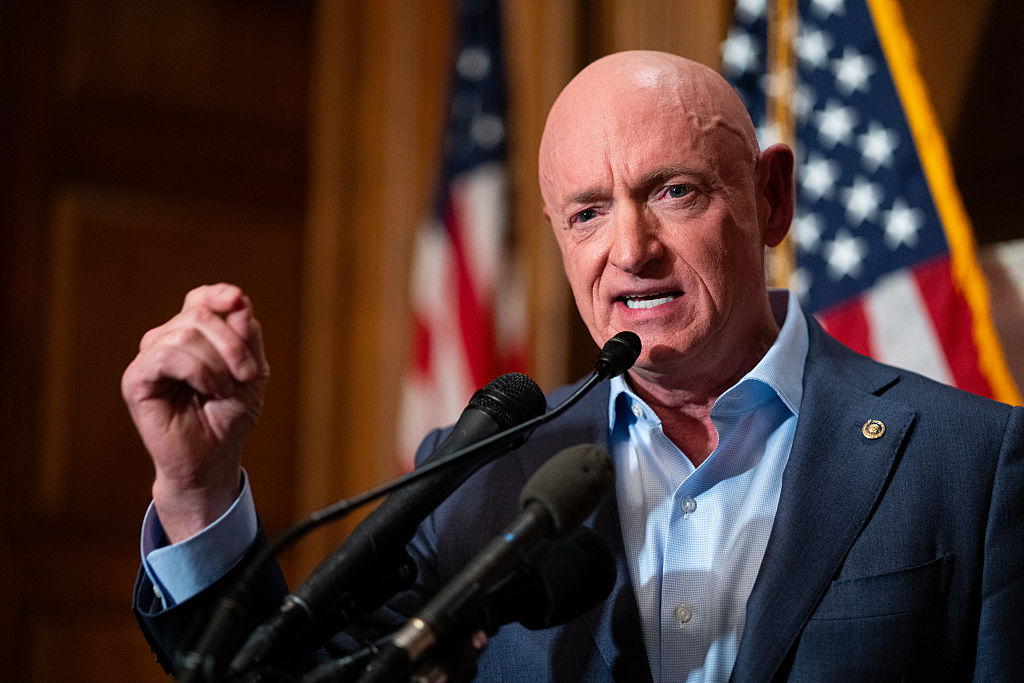
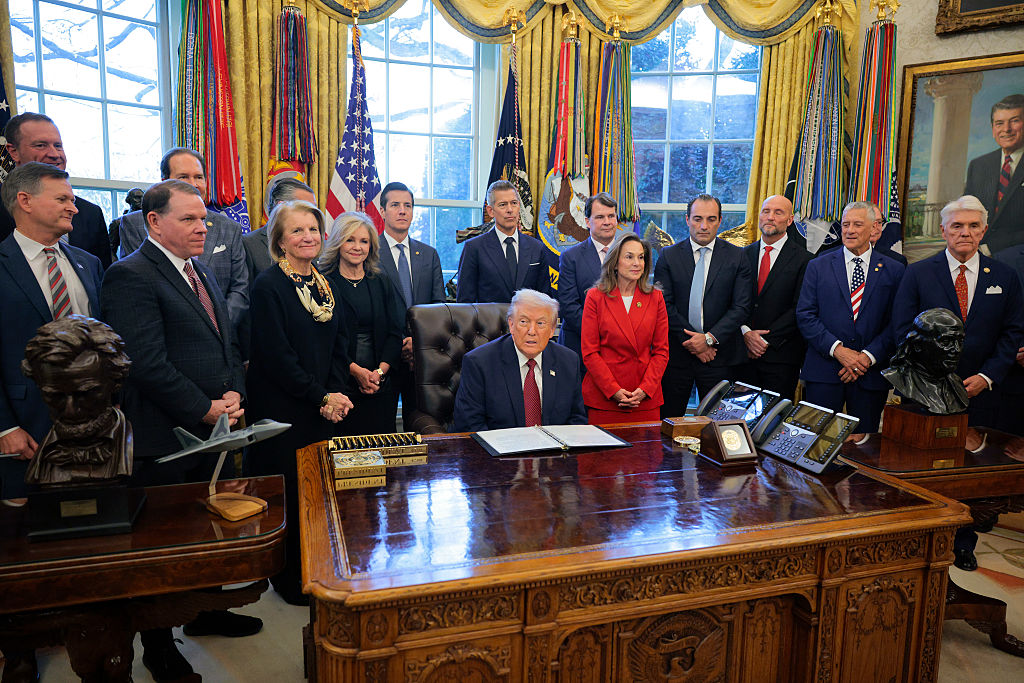
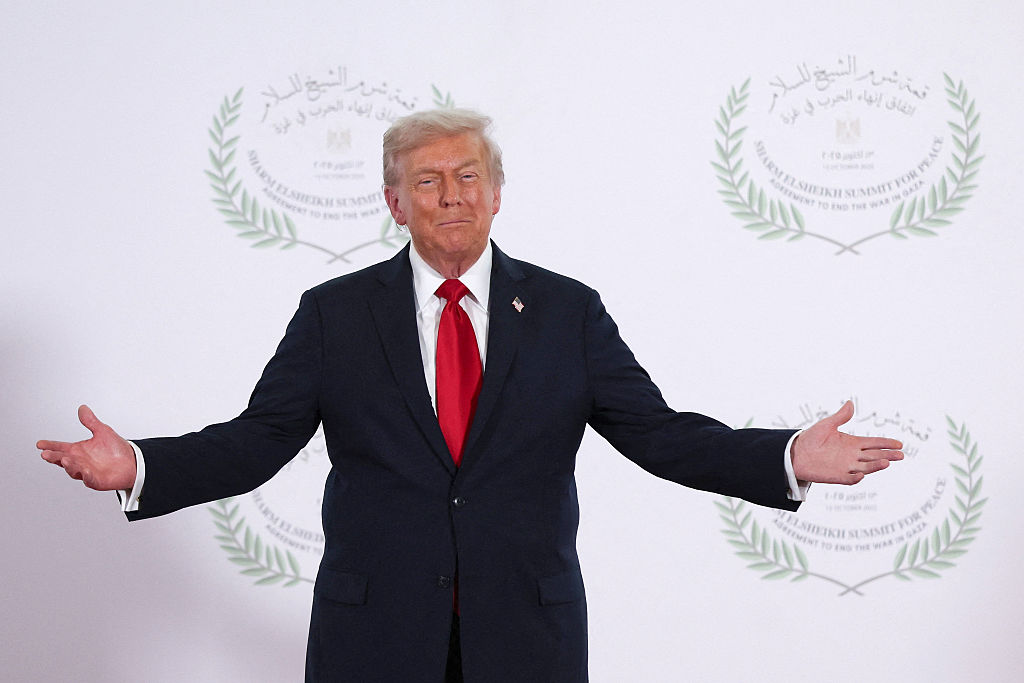
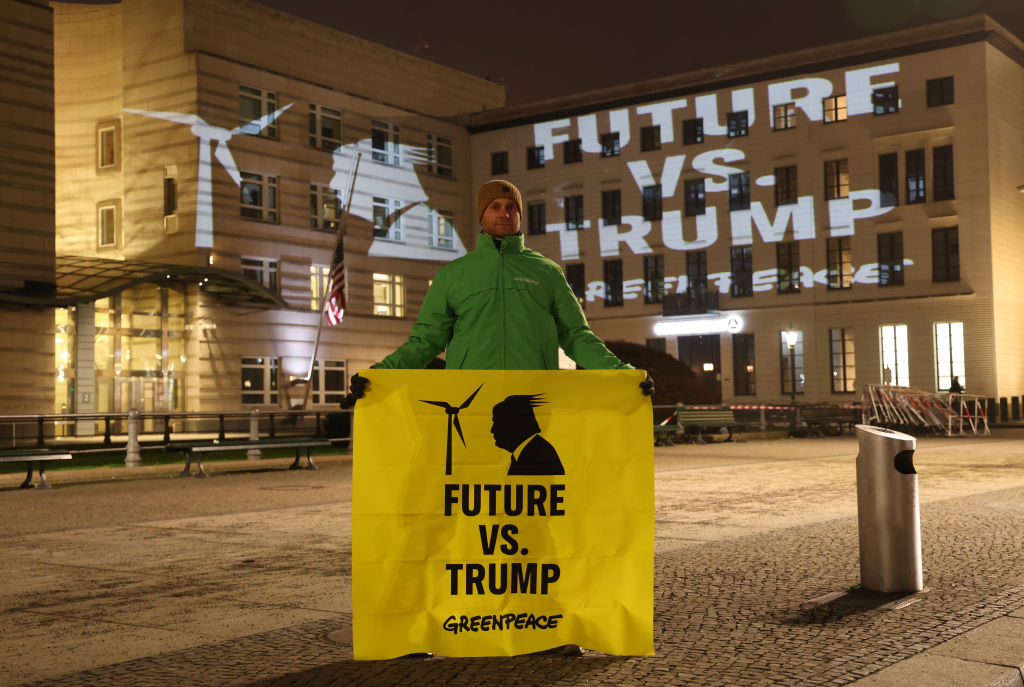

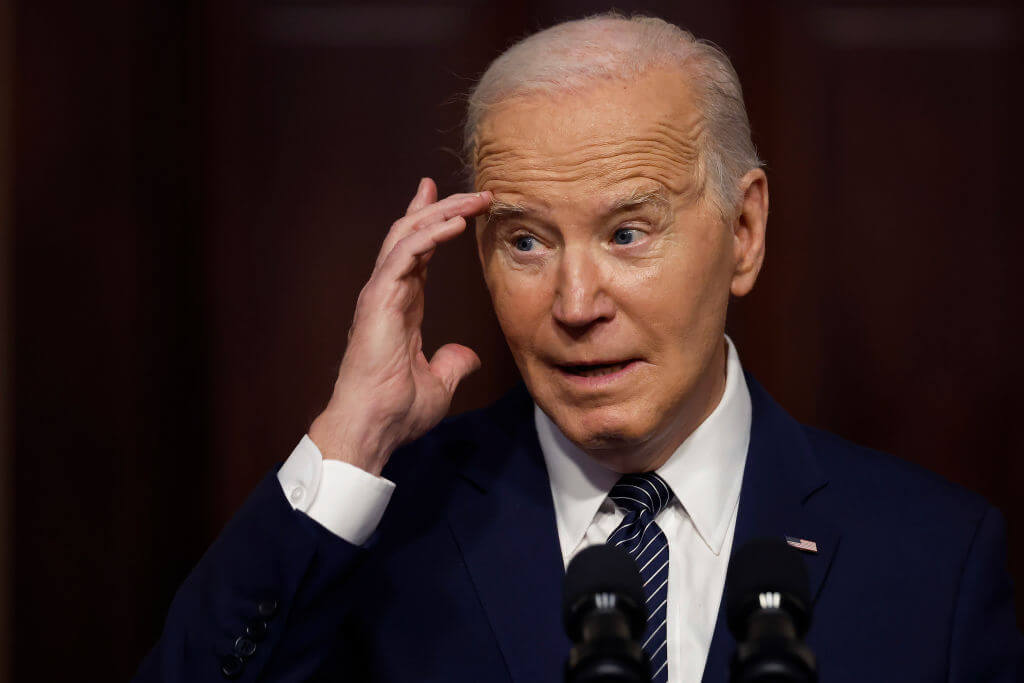



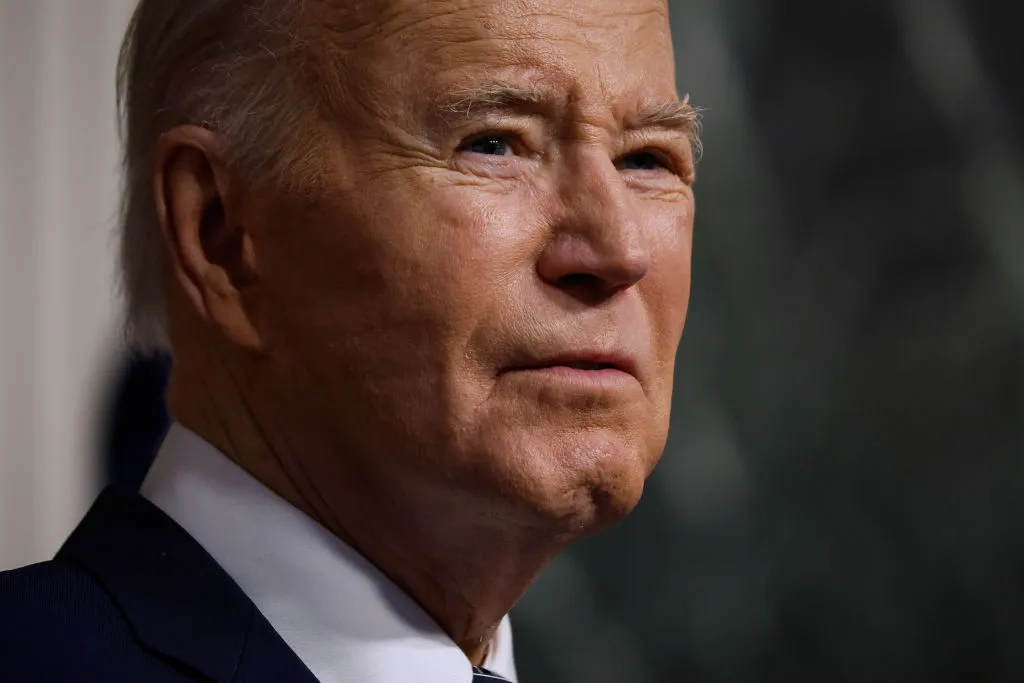

Leave a Reply